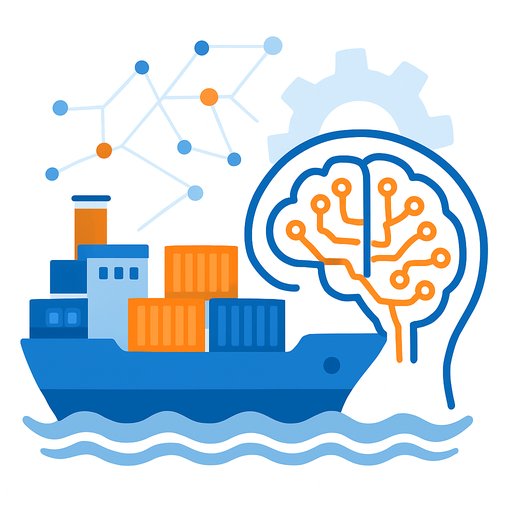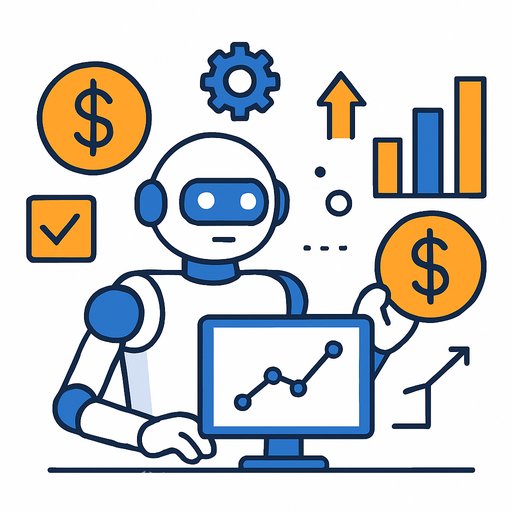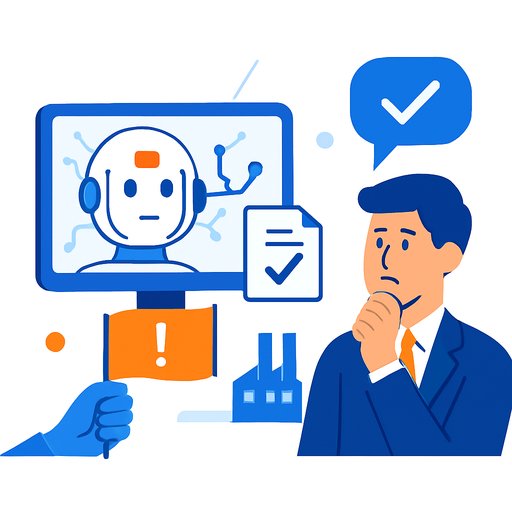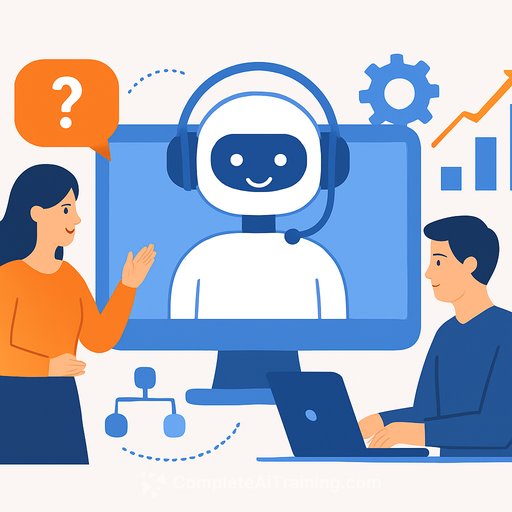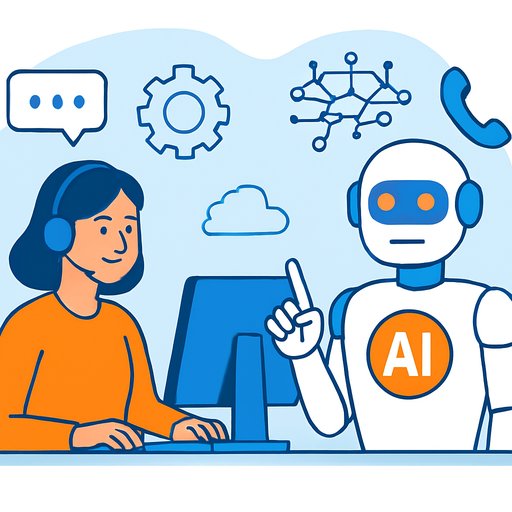AI That Fits Your Business, Not the Other Way Around
Generic AI can answer questions. But it won't fix your billing backlog, clean up your ticket tags, or keep you compliant at scale. That takes models that learn from your data, follow your processes, and reflect the decisions your teams make every day.
For customer support and operations leaders, this is the next edge. You get faster resolution, higher accuracy, and fewer handoffs-not by adding another tool, but by building intelligence into the work itself.
Personalization in AI is Now the Baseline
Personalization used to be nice-to-have. Today, it's mandatory. If your AI doesn't "get" your policies, your product catalog, and your customer history, it gives generic answers and creates rework for agents.
The goal is simple: enable strategy and deliver differentiated value that lasts. In support, that means reliable self-service, consistent agent guidance, and decisions you can audit.
Why Generic Models Fall Short in Support Operations
- Lower accuracy: One-size-fits-all models miss domain-specific terms, pricing rules, and exception paths.
- Generic insights: Weak tagging and flimsy summarization lead to poor routing, forecasting, and QA.
- Limited scalability: Hard to adapt across regions, products, and compliance requirements.
- Governance friction: Tough to map into enterprise-grade security, audit trails, and approval workflows.
Result: underperformance and growing recognition that vanilla AI won't meet enterprise support needs.
Proof It Works: Built-for-Purpose AI at Scale
A clear example: SAP's partnership with Accenture. Managing close to 1 million invoices annually across more than 40,000 contracts, the company faced a complex, manual billing process. Using SAP Business Technology Platform (SAP BTP) and generative AI, they built a compliant, intuitive app that lets account executives handle invoicing directly and navigate rate cards and contract terms without heavy dependence on specialist teams.
The impact is concrete: faster, more accurate billing, a better user experience, and more time for client work. By year-end, billing efficiency is projected to improve by 32 percent, with setup times cut in half. Much of the manual work has been replaced by an intelligent, automated platform.
Where It's Working: Sector-Level Transformation
In manufacturing, customer-specific AI is streamlining complex processes. SAP supported Henkel with a solution for financial supply chain deduction and dispute management indexing. It automates analysis and indexing of claim documents, embedding advanced AI directly into daily workflows. Net effect: faster, more accurate case creation and greater agility.
Oil and gas teams use models trained on geological data, equipment logs, and environmental variables to improve drilling forecasts and enable proactive maintenance-lifting safety and energy efficiency. Automotive operations benefit from predictive maintenance, diagnostics, and in-vehicle personalization. Retailers tune models to regional buying patterns and live sales, improving demand forecasts, local inventory, and targeted offers. Government agencies automate routine processes, triage citizen requests, and craft policies with higher precision.
The pattern is consistent: AI that fits the context makes decisions smarter and operations leaner-for organizations and the people they serve.
SAP's Approach: Built-In, Enterprise-Grade AI
SAP is leading the shift to enterprise-ready, customer-specific AI. Instead of standalone tools, SAP embeds intelligence into core processes across finance, HR, supply chain, and service. Co-innovation with customers and partners keeps solutions grounded in real use cases.
Good AI isn't bolted on. It's designed in. That means close work with domain experts, alignment with compliance standards, and constant tuning from real user feedback. It's not just code-it's collaboration, trust, and long-term value. The aim: AI that mirrors your structure, culture, and customers so it stays relevant, reliable, and responsible.
What This Means for Customer Support Leaders
If you run support or CX operations, here's how to move from experimentation to impact:
- Start with the top 5 intents by volume and cost. Build precise policies for deflection, routing, and resolution.
- Unify ticket data, CRM history, knowledge articles, and policy docs. Your model is only as good as the context you feed it.
- Annotate 200-500 real tickets per intent. Capture correct tone, legal approvals, and escalation rules.
- Set guardrails: PII redaction, role-based access, and audit-friendly logs for every AI action.
- Ship human-in-the-loop workflows. Agents approve or edit AI suggestions until quality is consistently high.
- Measure like an operator: AHT, FCR, CSAT, deflection rate, reopens, and compliance adherence.
- Scale what works across regions and product lines. Keep a weekly improvement loop with frontline managers.
Equip your team with the skills to run this well. Practical training helps agents, QA, and ops leads get more out of AI without creating risk. Explore role-based options here: Courses by job and a focused certification for frontline teams here: AI Certification for ChatGPT.
The Time to Scale Is Now
AI can't sit on the sidelines anymore. Customer-specific applications aren't just features; they're strategic levers for efficiency, quality, and differentiation. The advantage goes to teams that scale personalization without sacrificing performance or control.
Build with AI that knows your business. Your customers-and your agents-will feel the difference.
Your membership also unlocks:



